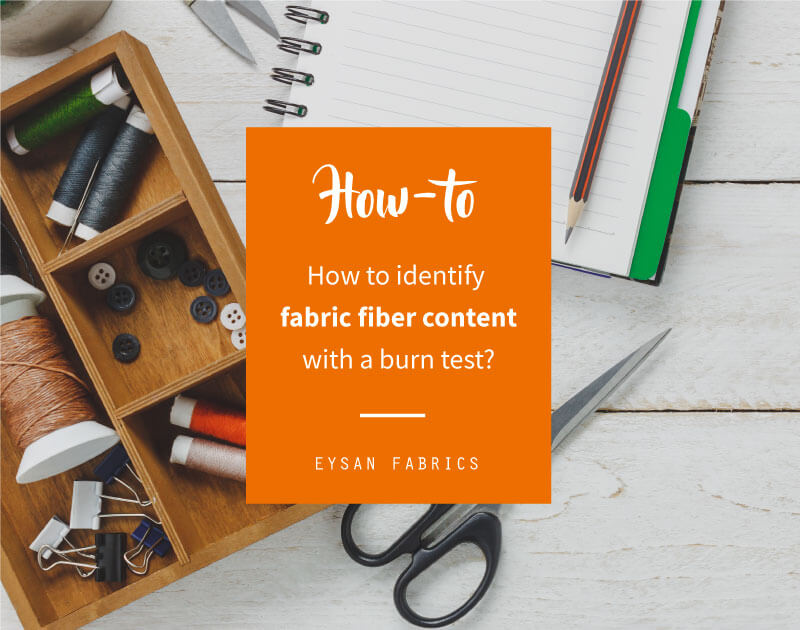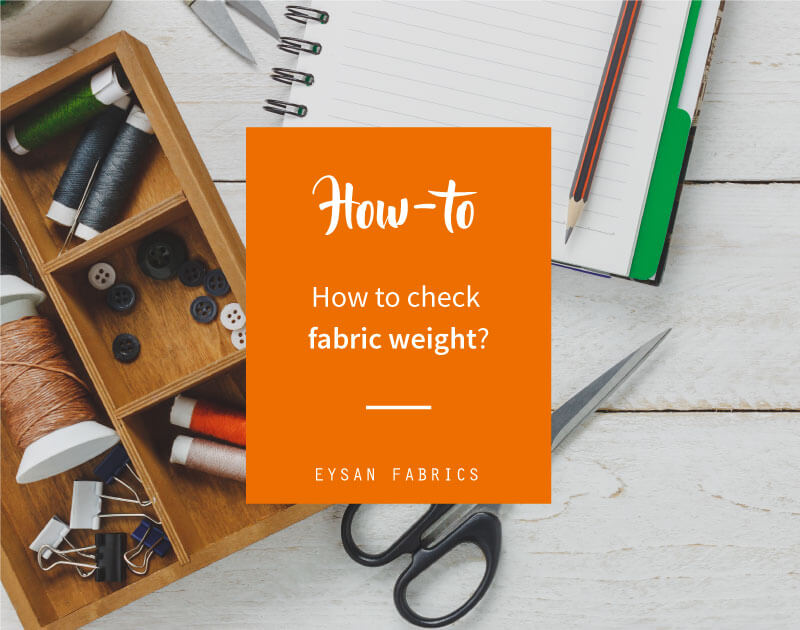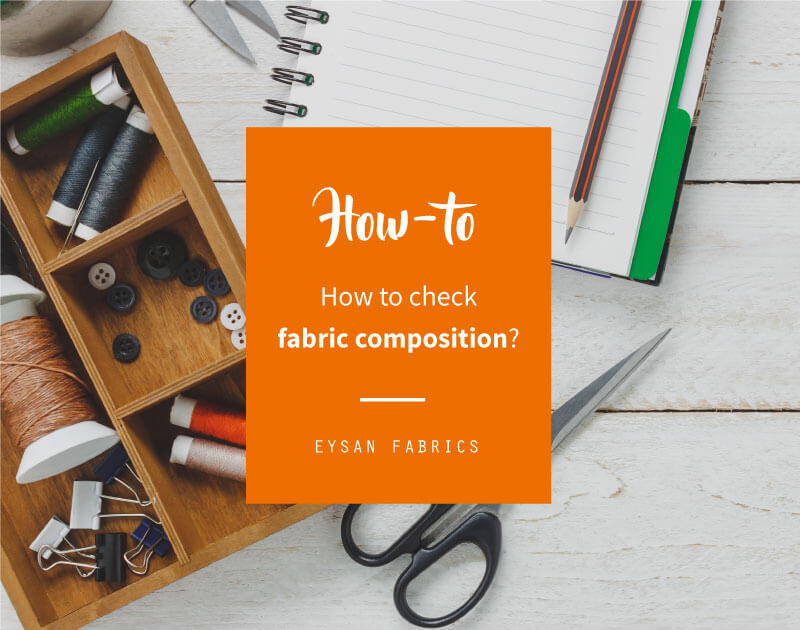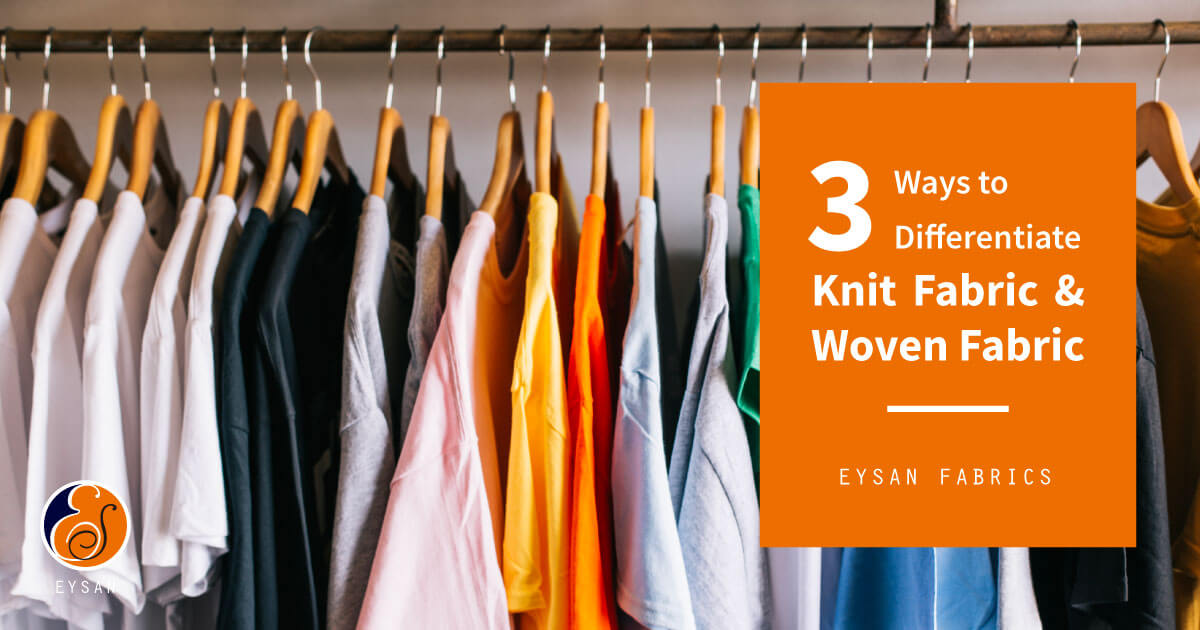
There are all sorts of fabrics on the market, but when talking about wearable fabrics, the most common types you’ll see are knit and woven fabrics. Most fabrics are named after the method used to make them and knit and woven fabrics are no different.
If you have only recently started working with fabrics, you may find it difficult to differentiate between knit and woven fabrics.
In this article, we will show you 3 quick methods to easily differentiate between knit and woven fabrics.
3 quick methods to easily differentiate between knit and woven fabrics:
- Differentiating Knit and Woven Fabrics by How They Look
- Differentiating Knit and Woven Fabrics by Pulling Apart the Threads
- Pull on the Fabric and Observe its Elasticity
3 Ways for Differentiating Between Knit and Woven Fabrics
1. Differentiating Knit and Woven Fabrics by How They Look
As mentioned above, fabrics are typically named after the manufacturing method used to produce them. The method used to manufacture knit fabrics is completely different than the method used for woven fabrics, and this difference in manufacturing can usually be seen by just looking at the fabrics.
Woven Fabrics
To easily understand the manufacturing method for woven fabrics, just think about the method used hundreds of years ago to create fabric for clothing. Fabrics are made by interweaving and overlapping yarn or thread. Picture the meshing of screen doors or the overlapping pattern of tennis racket nets, but then bring those criss-cross patterns down a lot tighter and you have a woven fabric!
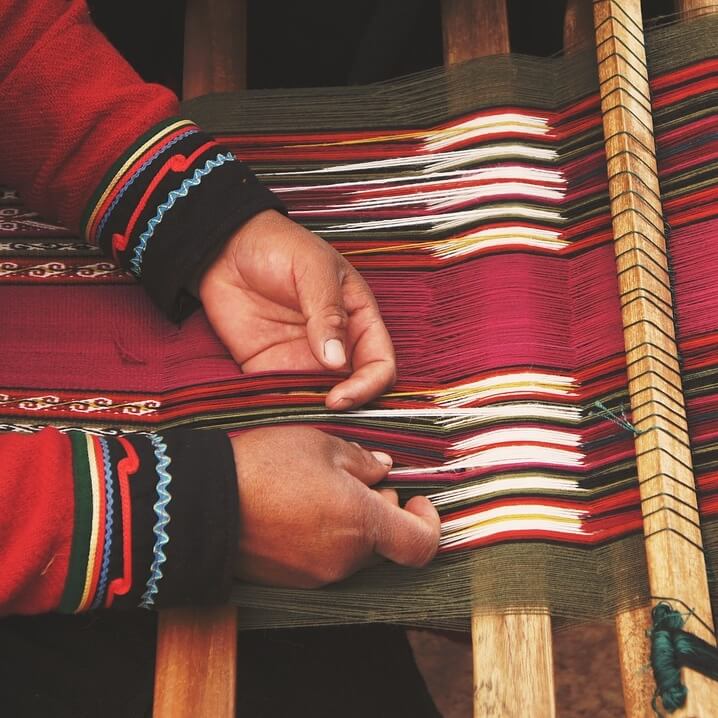

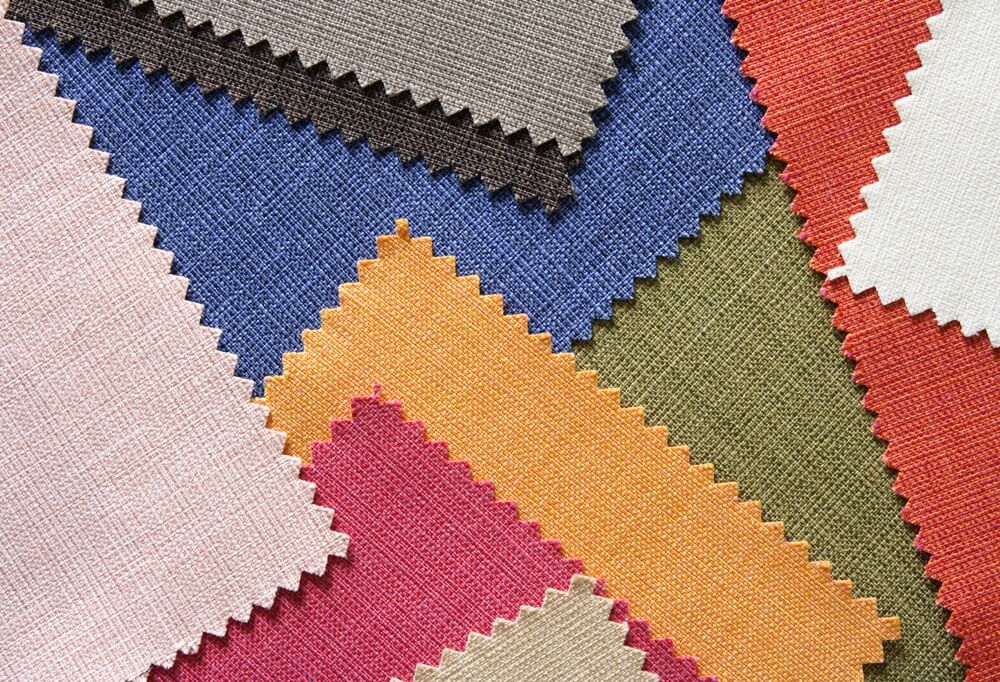
Knit Fabrics
It is important to note that knitted fabrics are split up into weft knitted fabrics and warp knitted fabrics. While both of these fabrics are made up of yarn being interwoven together, there are some slight differences in their appearance.
– Weft Knitted Fabrics
To get an idea for the method of weft knitted fabrics, just think about hand-knitted sweaters where the material is made by weaving yarn or threads around itself. So when you’re looking at a weft knit fabric, the weave pattern of the fabric has a very obvious V shape.
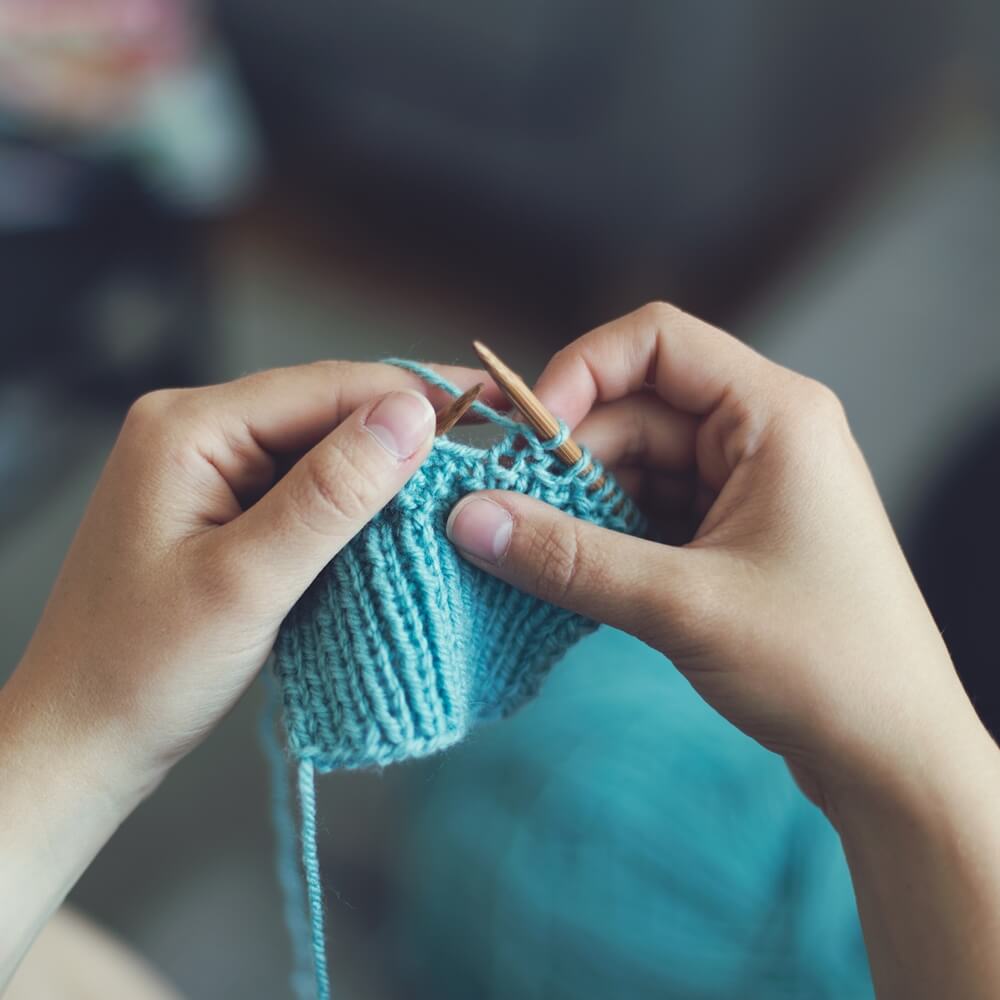
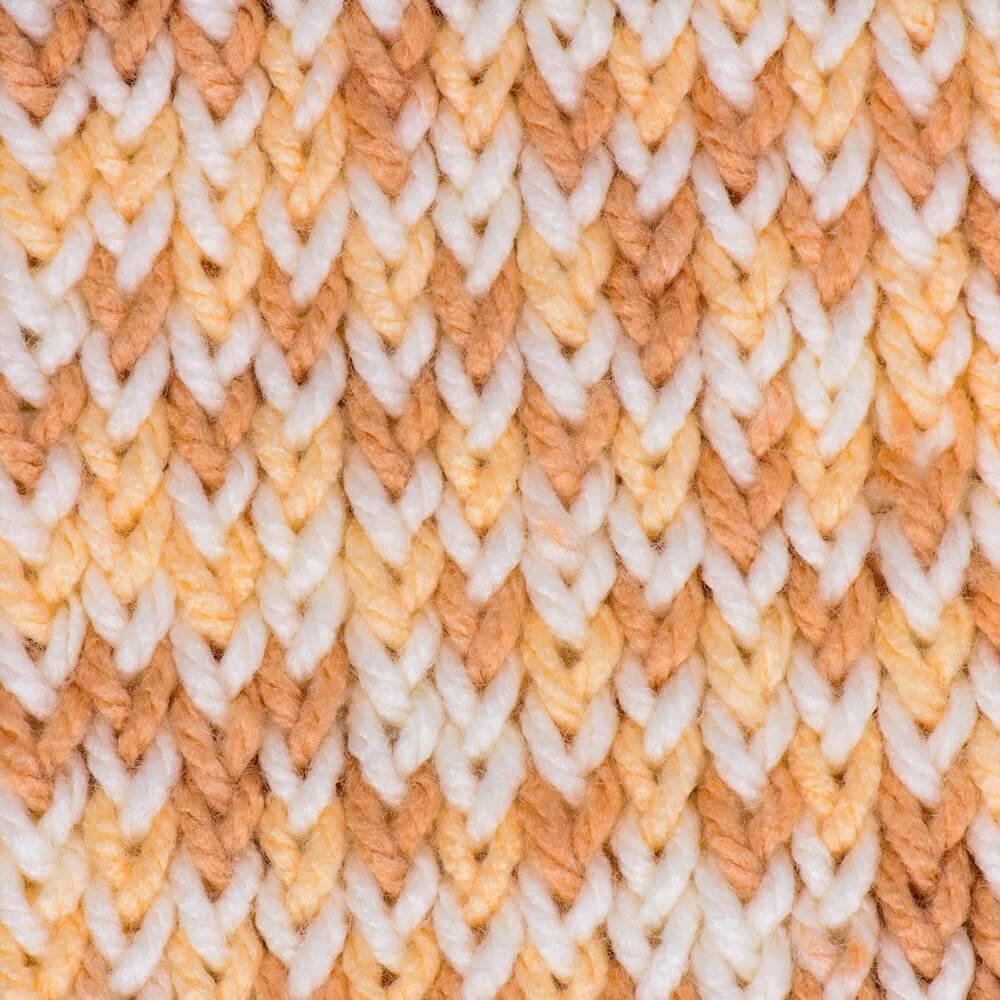
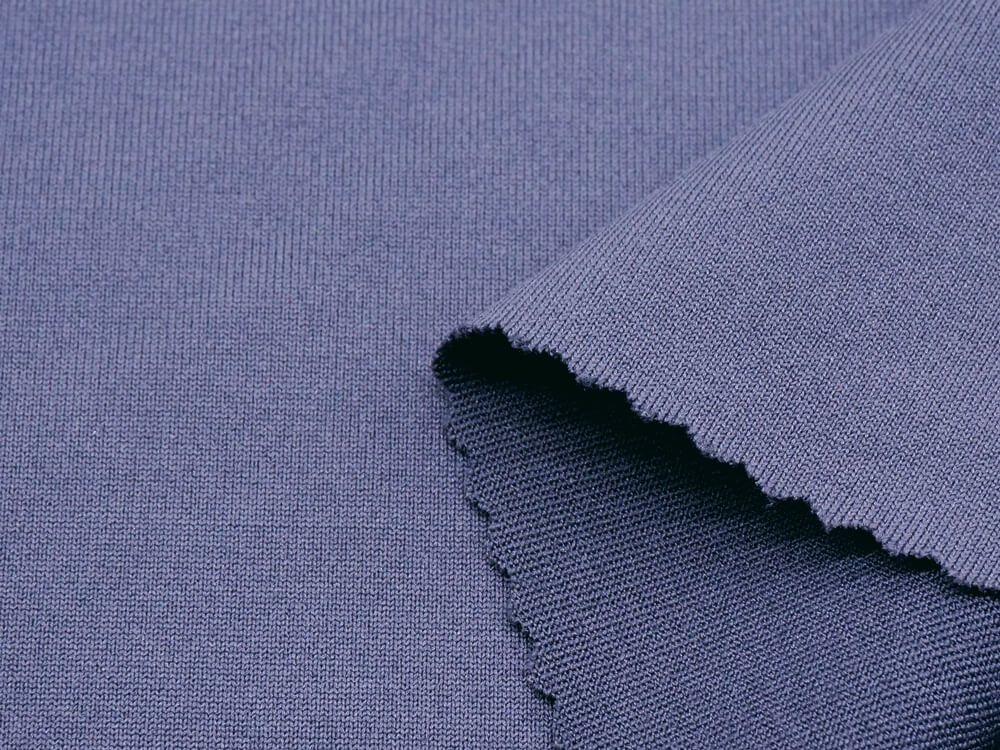
– Warp Knitted Fabrics
Warp knitted fabric is also made by weaving yarn or threads around itself, but the pattern is a bit more complicated. The V shape of the threads is not as obvious, but the patterns are also like stripes.
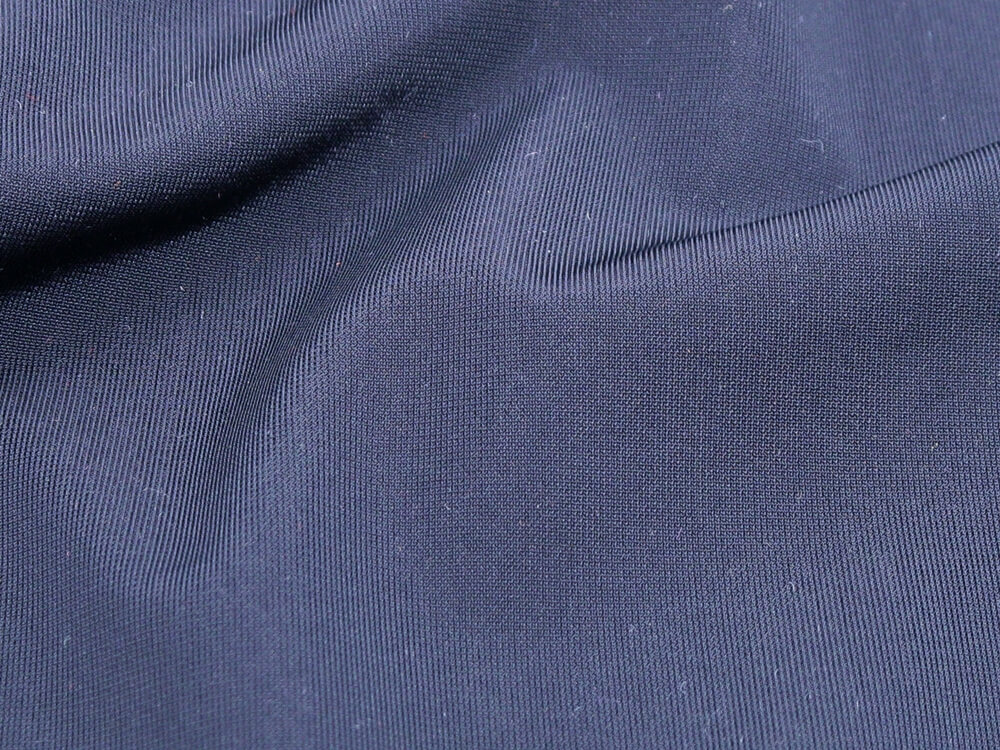
To more accurately tell apart weft and warp knitted fabrics, continue reading the next method for differentiation of fabrics!
2. Differentiating Knit and Woven Fabrics by Pulling Apart the Threads
If the piece of fabric you are looking at is machine weaved or meshed, then differentiating between knit and woven fabrics just by looking at them will be a lot harder because the textures and patterns will be altered by these processes. In order to tell them apart, you may want to try the second method: pulling apart the threads.
Try pulling the threads from an edge of the fabric and observe the pattern of the weave.
Woven Fabrics
For woven fabric, you can simply pull or peel the thread from the edge of the fabric. Normally with woven fabrics, you won’t even need to do this. This is because the threads at the edges of woven fabrics come loose very easily. You can pull the threads from both width and length side of the fabrics. If you see some loose threads at the edge of the fabric, you can quickly identify the fabric as being woven.
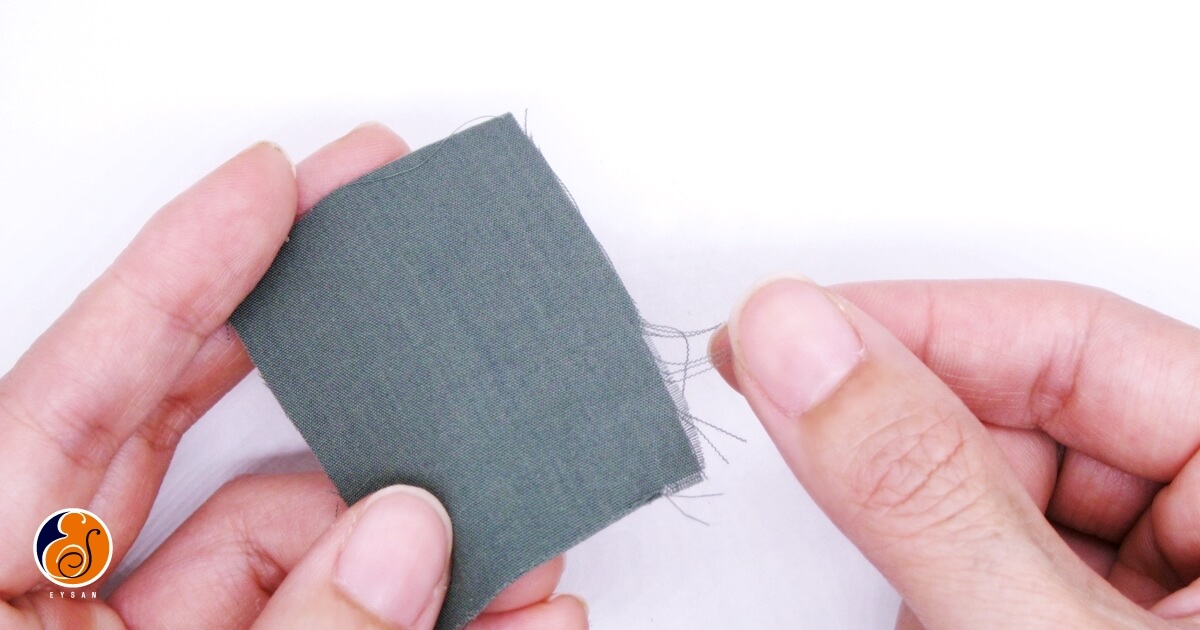
Weft Knitted Fabric
For weft knitted fabric, you can pull out the threads from the edges as well, but it won’t be as easy as pulling apart woven fabrics. This is because the weft fabric is interwoven with other threads. Sometimes when pulling them apart the thread will be blocked by another thread. It may take quite some time to pull out an entire thread. You can only pull the thread from either width or length side of the fabric.
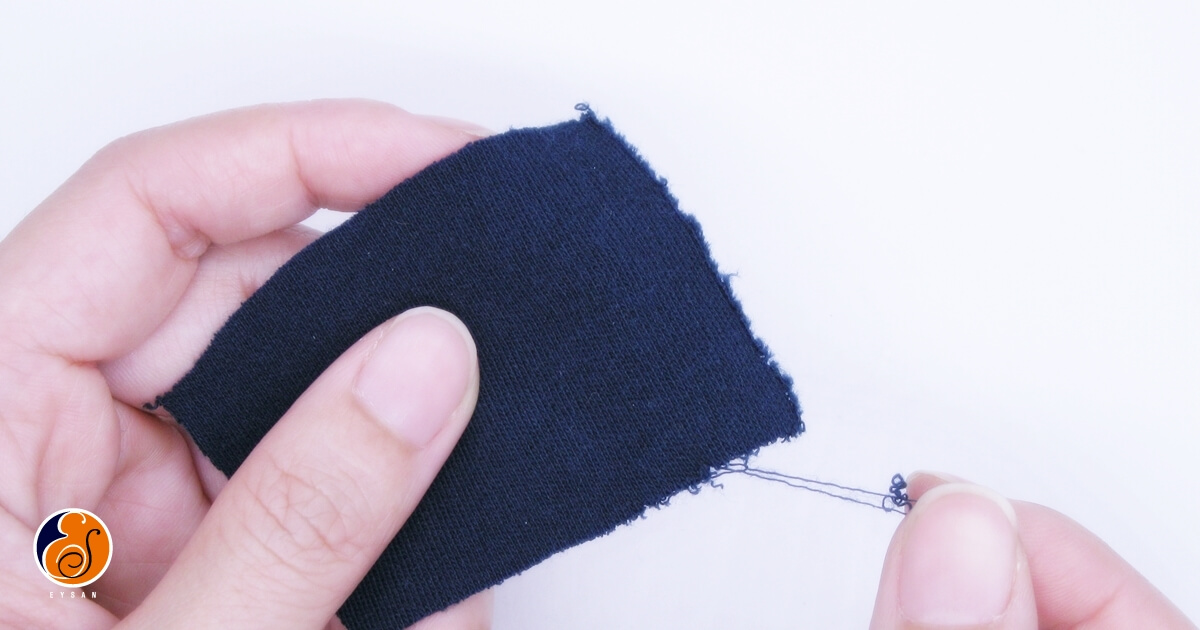
Warp Knitted Fabric
For warp knitted fabric, there is absolutely no way to pull out the threads. Due to the relatively complicated manufacturing process, you would actually need a special tool to pull out a thread. Pulling out the threads with just your hands cannot be done!
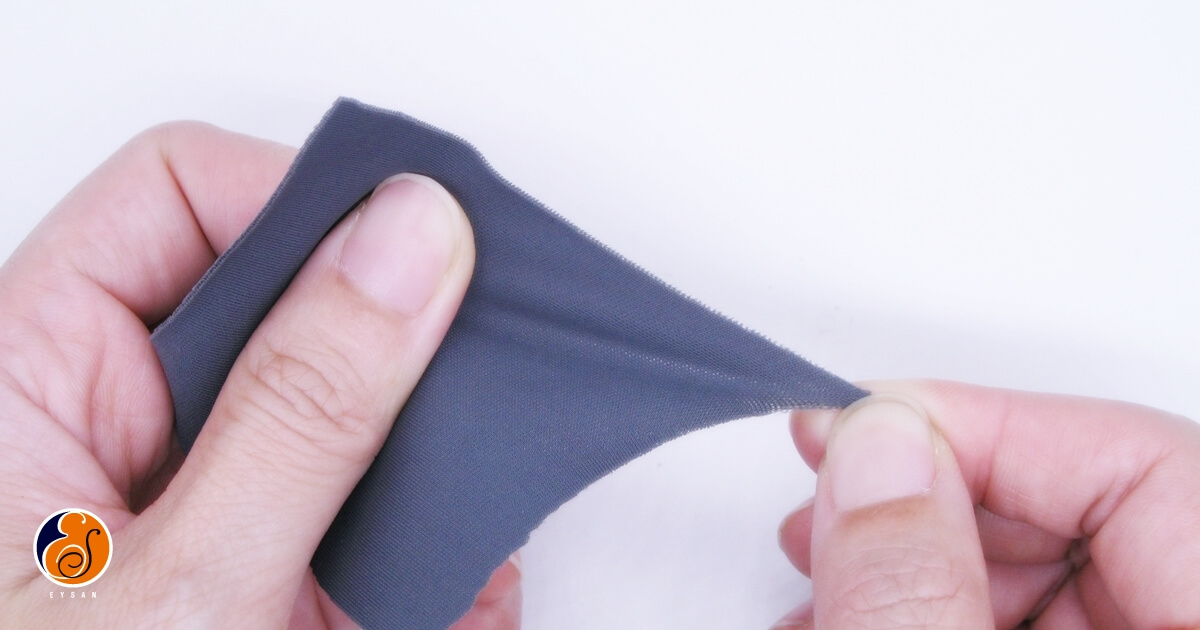
3. Pull on the Fabric and Observe its Elasticity
Typically, woven fabric will be less elastic than knit fabric. When the fabrics are not made out of elastic fibers, the elasticity comparison test will be quite easy to carry out as the elasticity of the knit fabric will stand out even more.
Woven Fabrics
The threads of woven fabrics are tightly packed in a criss-cross pattern, so when the threads making the fabric are not elastic, then there will be almost no elasticity in the material. It will be quite difficult to stretch.
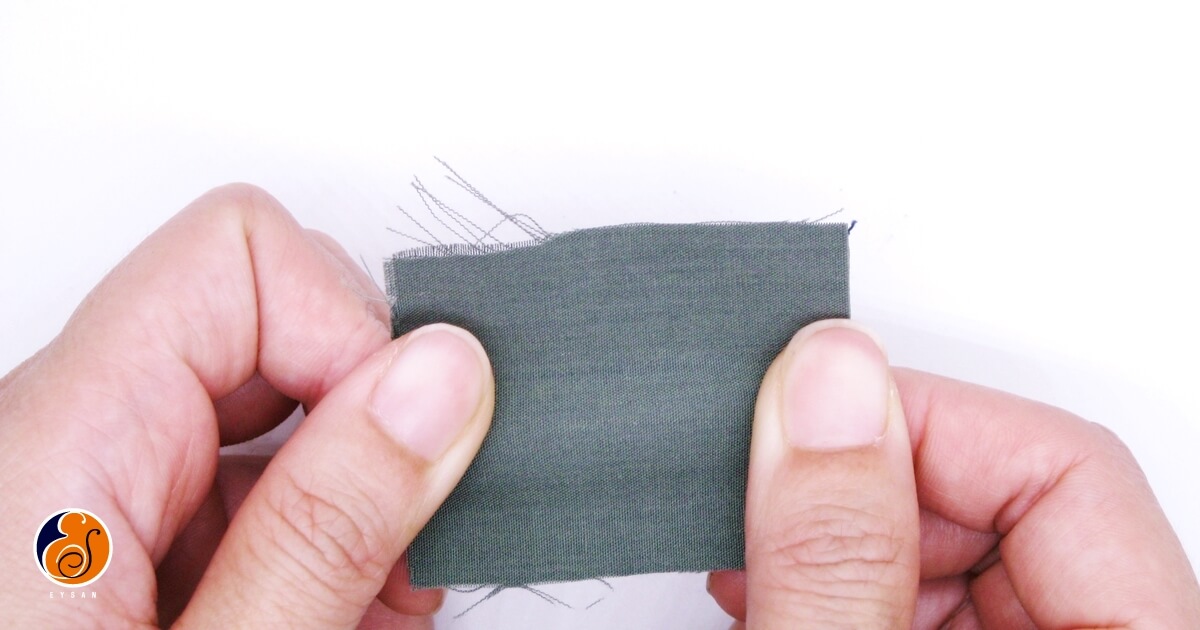
Weft Knitted Fabric
Because the threads in weft knitted fabrics are interwoven with each other, there is a lot of space left over between the threads. This space allows the fabric to easily expand and contract. So when elastic threads are not used to make the fabric, weft knit fabrics will be way more stretchy than woven fabrics.
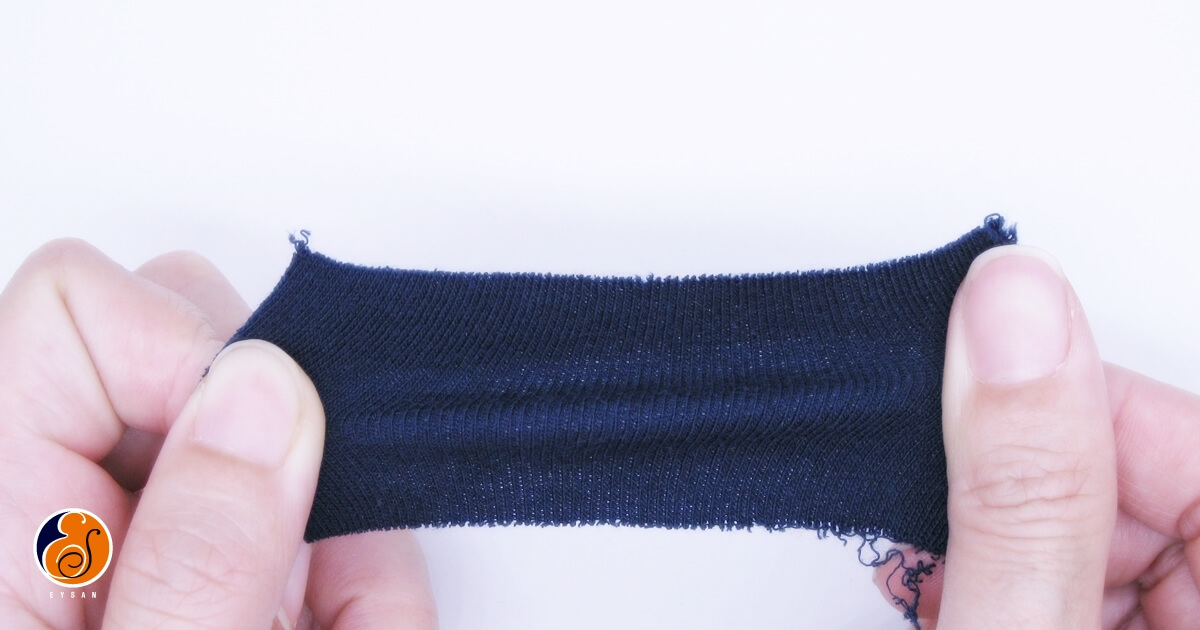
Warp Knit Fabric
Warp knitted is tricky while pulling. If the warp knitted fabric is made out of elastic fiber, it would be stretchy. On the other hand, if the warp knitted fabric did not contains elastic fibers, it would not be stretchy at all, just like woven fabric.
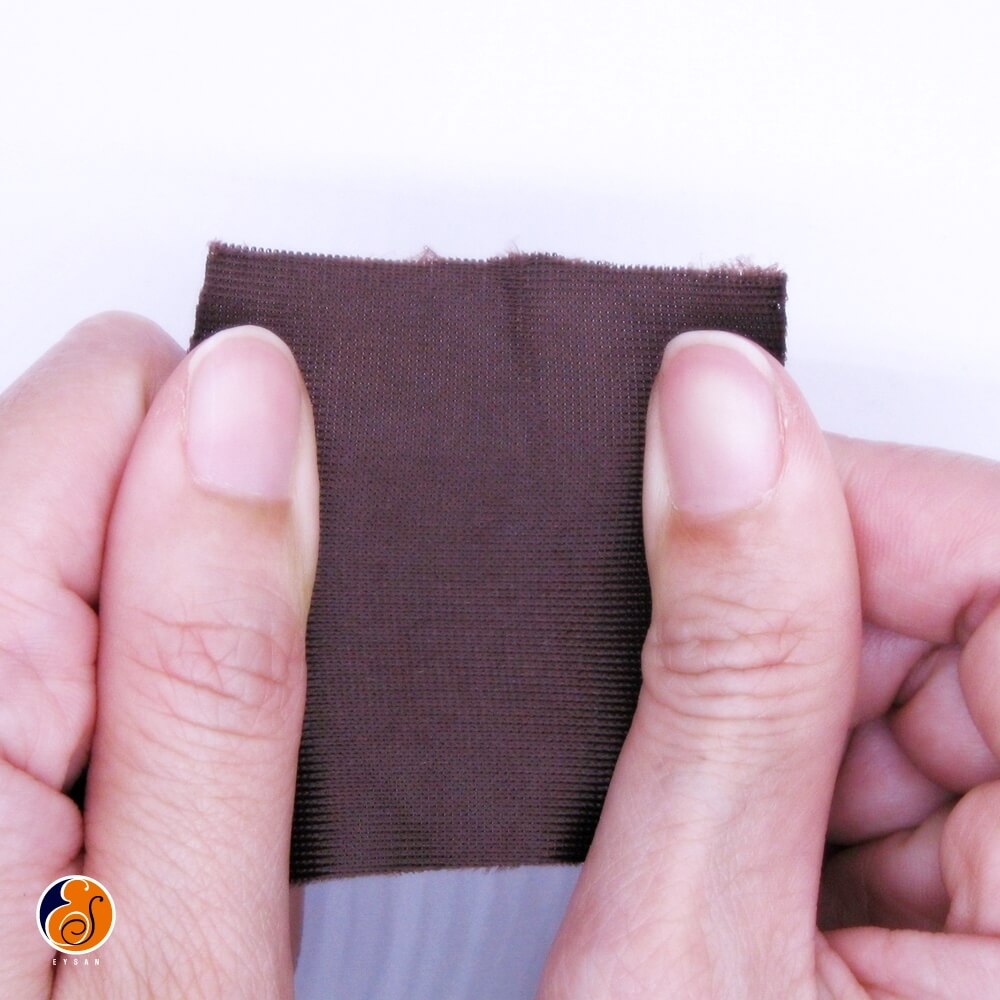
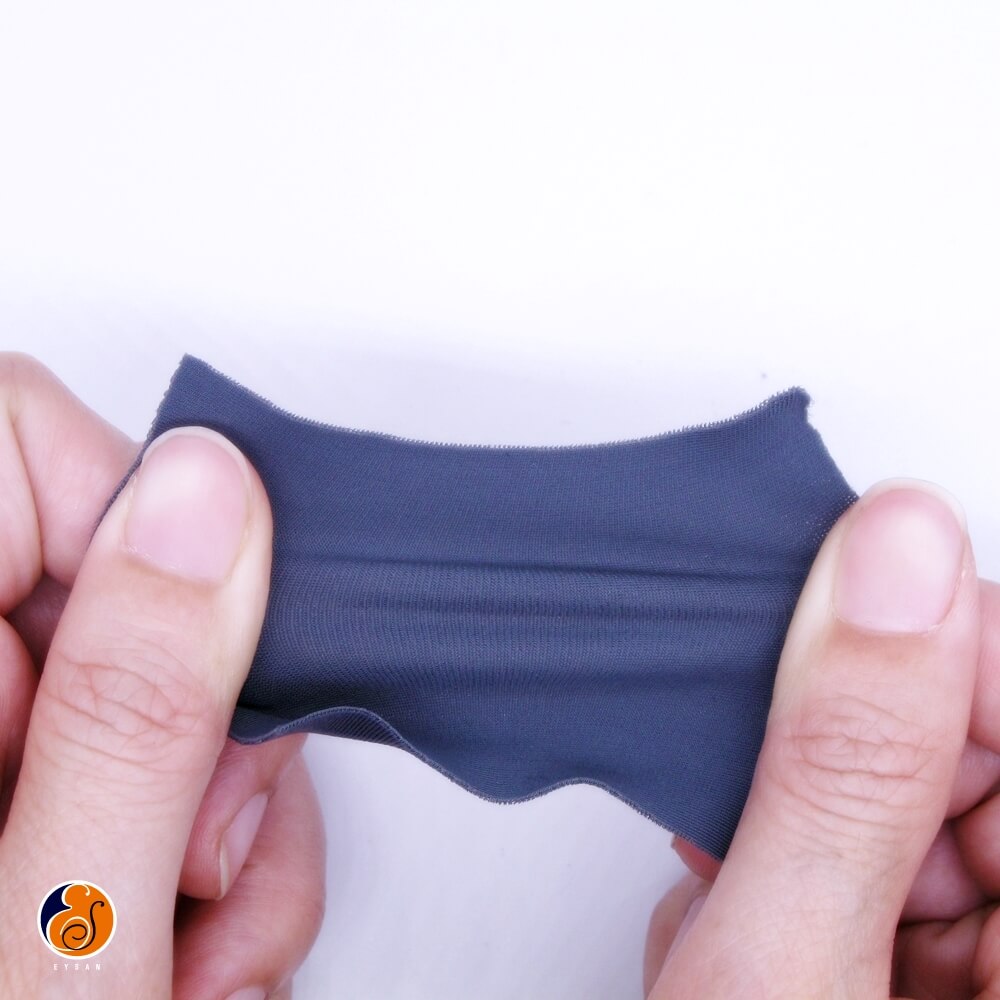
Simple Result Chart of The 3 Ways to Differentiate Knitted and Woven Fabrics
| Weave Pattern | Pulling Apart the Threads | stretch | |
|---|---|---|---|
| Woven Fabric | criss-cross pattern | can be easily pull on both sides of fabric | If with elastic fiber, stretchy ; if not, not stretchy. |
| Weft Knitted Fabric | very obvious V shape | can only be pull on one side of fabric | stretchy, whether contained elastic fiber |
| Warp Knitted Fabric | stripe pattern | can not be pull out | If with elastic fiber, stretchy ; if not, not stretchy. |
Still Confused?
Eysan offers free fabric analyze service, including fabric composition, fiber content, fabric weight and knitting structure. Please note that we could only analyze knitted fabric! Please feel free to send us the sample swatches.
Help me analyze my fabric swatch!
Facebook
Google+
LinkedIn
Pinterest
Pocket
Twitter

